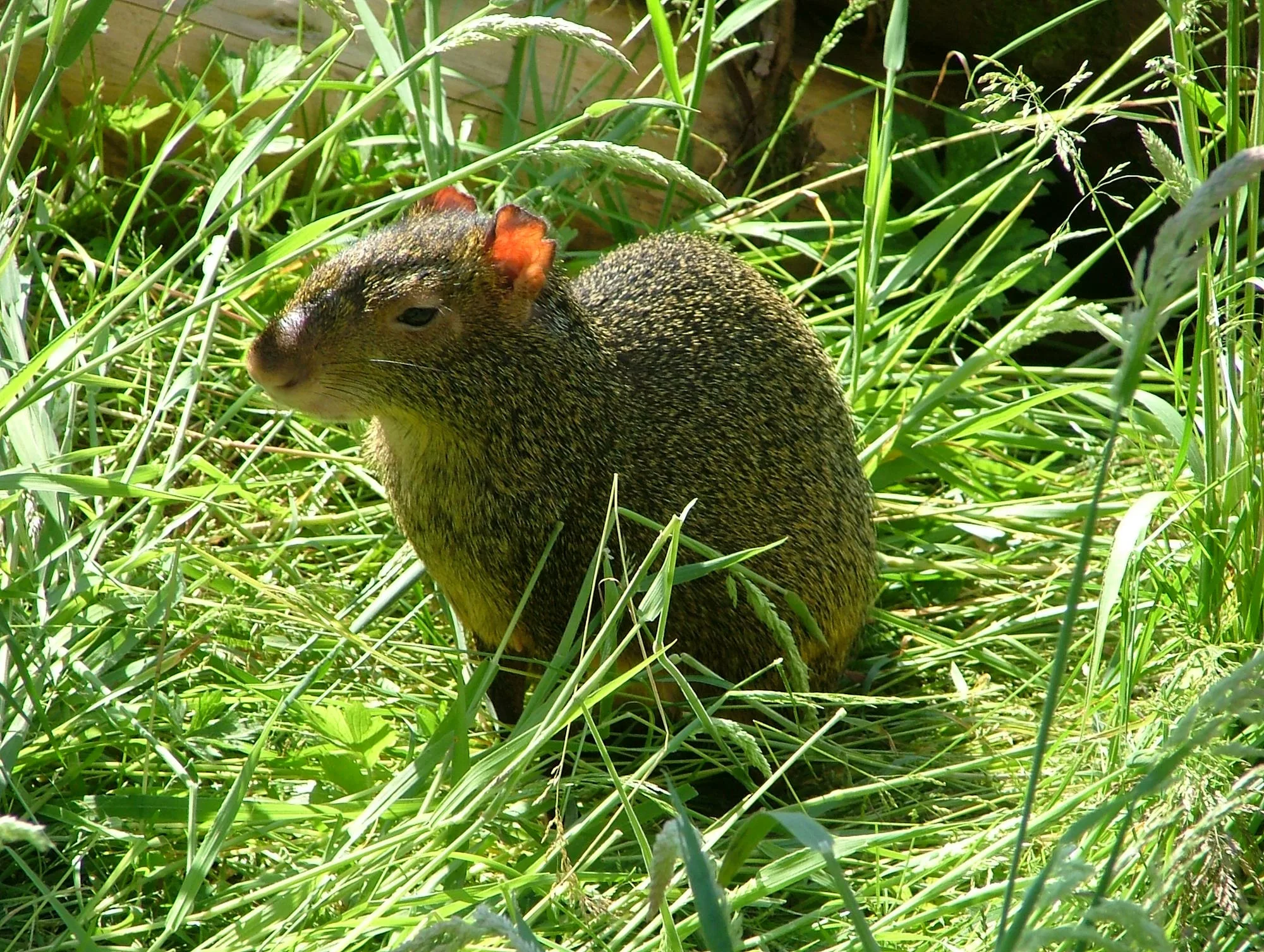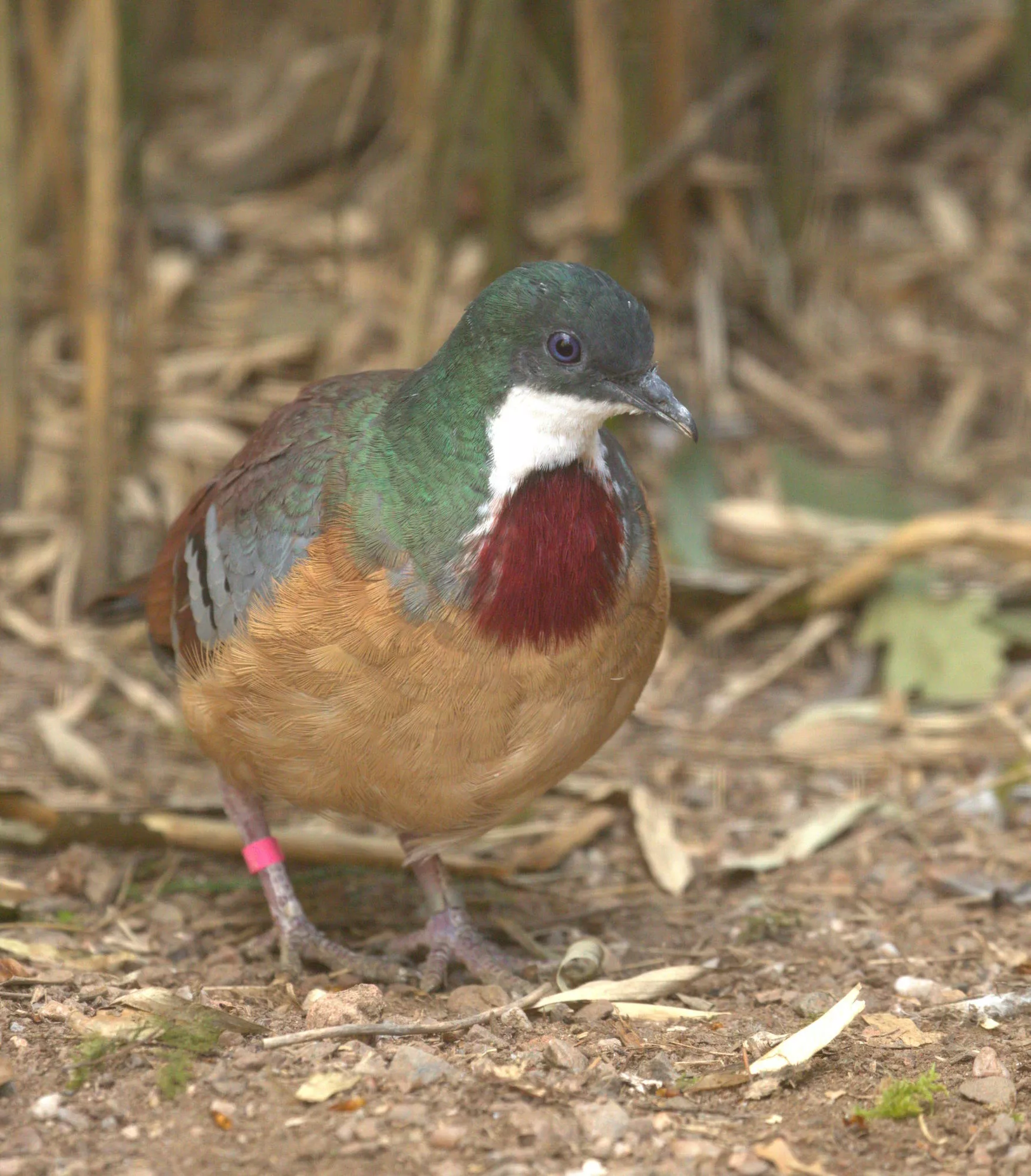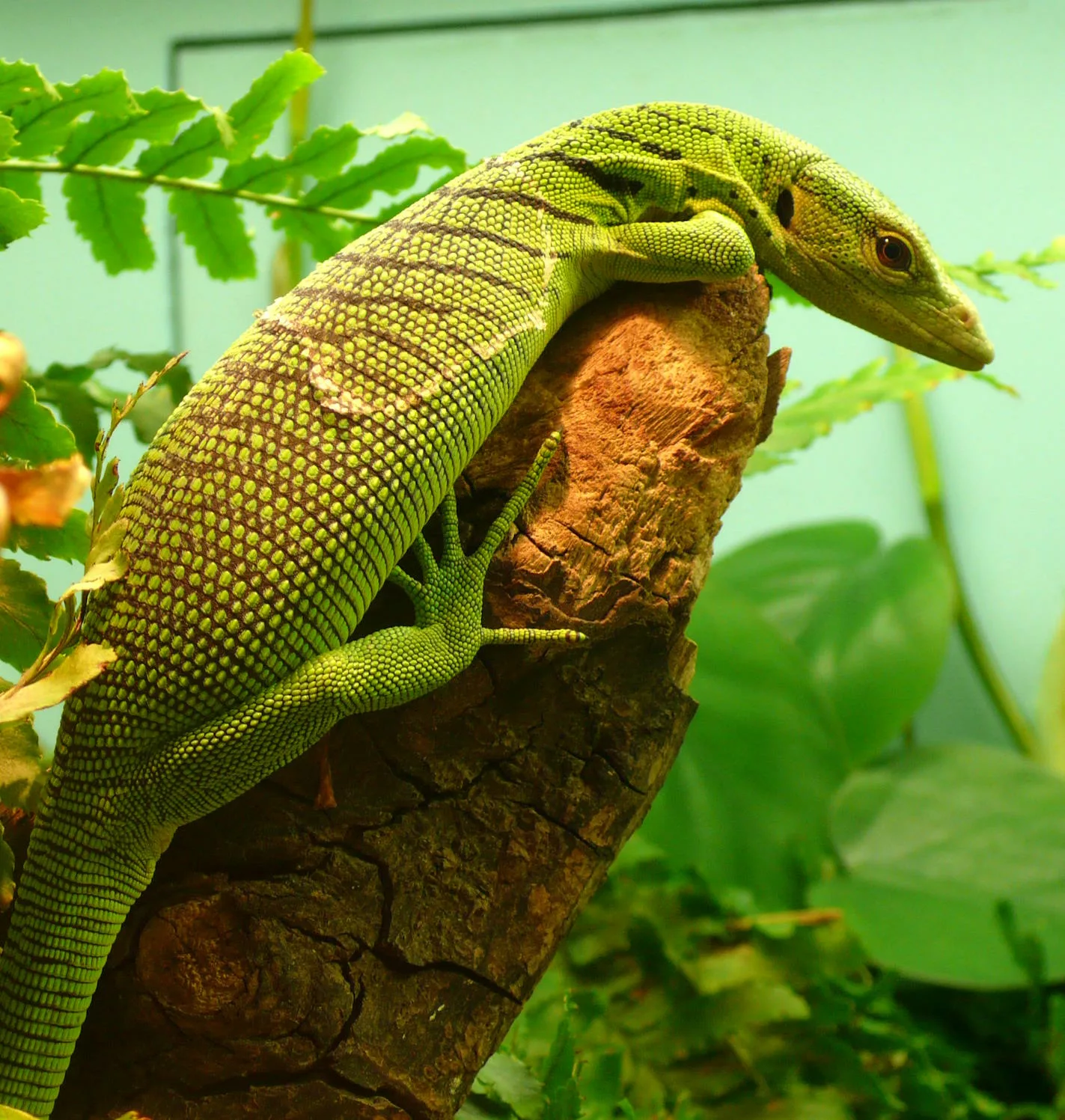
Inca tern
Scientific name: Larosterna inca
IUCN listed as: Near Threatened
Learn before you visit!
Here are some facts about the species – Discover what they eat, find out about their natural habitat, see what they like to do, and more… Set the reading style to suit you too, everyday speak or something aimed towards children.
Child-friendly
Everyday
Diet
The Inca Tern primarily feeds on small fish, such as anchovies, which it catches by diving into the water. It also consumes crustaceans and other marine invertebrates. These birds are skilled hunters, often seen flying low over the water to spot their prey before making a swift, graceful dive. They rely heavily on coastal upwellings where nutrient-rich waters support large populations of fish. This diet ensures they get the necessary nutrients to maintain their vibrant plumage and energy levels.
Inca Terns eat small fish like anchovies and sometimes crustaceans. They catch their food by diving into the water. These birds are great hunters, flying low over the ocean to spot fish. Their diet helps keep them healthy and colourful.
Breeding
Inca Terns breed in colonies on rocky cliffs along the coasts of Peru and Chile. They nest in crevices or burrows, laying one to two eggs per clutch. Both parents share the responsibility of incubating the eggs, which hatch after about four weeks. The chicks are fed regurgitated fish by both parents and fledge at around seven weeks old. Breeding in colonies provides safety in numbers, helping to protect the young from predators.
Inca Terns lay eggs in rocky cliffs. They usually have one or two eggs, and both parents take turns keeping the eggs warm. The chicks hatch after about four weeks and are fed by their parents. Baby terns leave the nest after seven weeks.
Habitat
Inca Terns inhabit the coastal regions of Peru and Chile, favouring rocky cliffs and islands. They rely on areas with abundant food supply, often found in nutrient-rich waters caused by upwellings. These coastal environments provide the ideal conditions for feeding and breeding. However, their habitats are increasingly threatened by human activities such as fishing, pollution, and habitat destruction. Protecting these coastal areas is vital for the survival of the species.
Inca Terns live on the coasts of Peru and Chile. They like rocky cliffs and islands where there are lots of fish to eat. These places are perfect for nesting and finding food. Protecting their coastal homes is very important.
At the zoo
In zoos, Inca Terns are housed in coastal-themed aviaries that replicate their natural habitat. Their diet in captivity includes a variety of fish and marine invertebrates to mimic their natural food sources. Zoos play an essential role in the conservation of Inca Terns through breeding programmes and public education. By highlighting the species, zoos help raise awareness about the threats these birds face in the wild, such as overfishing and habitat destruction. These conservation efforts are crucial for maintaining healthy populations.
In zoos, Inca Terns live in areas that look like their coastal homes. They eat fish and marine animals, just like in the wild. Zoos help protect these birds by breeding them and teaching people about them. This helps keep their numbers up.
Behaviour
Inca Terns are social birds, often seen in large flocks. They are known for their acrobatic flight patterns and graceful dives when hunting. Their distinctive calls are used to communicate within the colony and to alert others of predators. These terns are also known for their striking appearance, with dark grey plumage, white moustache-like feathers, and bright red beaks and feet. Their behaviour plays a critical role in their survival, helping them find food and stay safe in their coastal environments.
Inca Terns are very social and often seen in groups. They are excellent flyers and divers. Their loud calls help them communicate with each other. They have a unique look with grey feathers, white “moustaches,” and red beaks and feet.
Fun facts
- Inca Terns have distinctive white “moustache” feathers.
- They are excellent divers, catching fish by diving into the water.
- These birds live in large colonies on rocky cliffs.
- They communicate with loud, distinctive calls.
- Inca Terns have bright red beaks and feet.
- They have cool white “moustaches.”
- They catch fish by diving into the sea.
- They live in big groups on rocky cliffs.
- They make loud calls to talk to each other.
- Their beaks and feet are bright red.
More animals to discover at our zoo
Quick Links
Tickets & Prices
You can buy tickets for Exmoor Zoo securely online, as well as finding out more price options, discover offers, and more…
What’s on…
Exmoor Zoo hosts incredible Events all through the year. You can find out about what we’ve got in store here…
Routes & info
Like any great discovery, Exmoor Zoo can feel a little off the beaten path – but don’t worry – you can plan your journey with our recommended routes and other useful travel info.



























